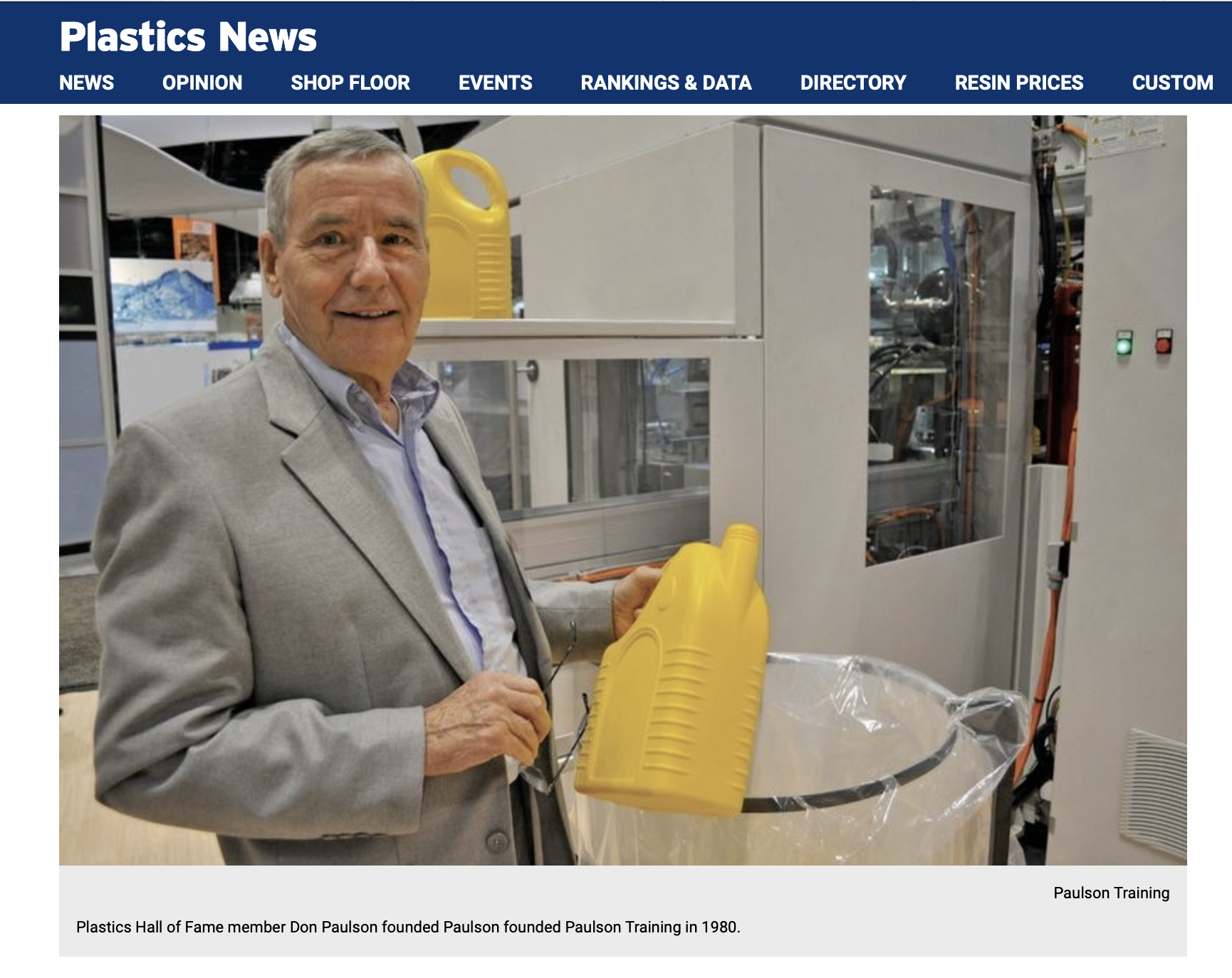In our last post we explained the purpose of the compression zone of extruder screw. Now we will look at the next zone – the metering zone.
Plastic Travel in the Metering Zone

In the metering zone, the plastic melt moves in a spiraling motion down the screw channels. The plastic near the surface of the barrel is turned downward by the pushing edge of the screw flight. The plastic then crosses the screw channel, where the trailing edge of the flight pushes the plastic back up to the barrel surface. This constant motion of the plastic as the screw rotates shears and mixes the melt. The melt pressure in the metering section is typically from 1000 psi to 7000 psi.(70 to 480 bar) This pressure tries to force some of the plastic back down the screw channel as pressure flow.
If the pressure is small, the output of the extruder is reduced because some of the plastic – the pressure flow amount – is circulating and flowing away from the die. If the extruder pressure is increased the output is reduced. If the pressure flow gets high enough to equal the drag flow, the extruder output becomes zero and, because screw rotation continues, the plastic temperature gets excessively high and the plastic will degrade.
The actual output of an extruder depends on the geometry of the metering section.
Metering Zone Variables
The operating variables in the metering zone are the screw temperature and the barrel temperature.
If the screw is cored through the whole length, increasing the screw temperature in the metering zone will add more conductive heat to the plastic. This will decrease the melt viscosity at the screw surface, and improve drag flow because there is less plastic friction on the screw. Unless the increase in pressure flow offsets this effect, both the plastic output and the plastic pressure will increase. For some plastics, such as nylon, too high a screw temperature is undesirable because it can stick to a hot screw surface, reducing drag flow and output. Too high a screw temperature can also lead to degradation of heat sensitive plastics, such as PVC.



